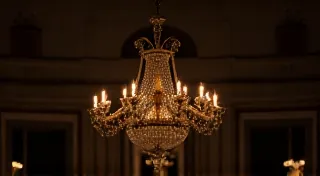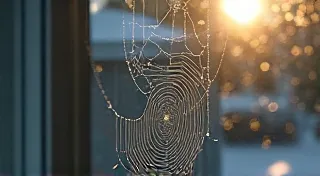Ephemeral Rhythms: Sheet Music and the Fleeting Nature of Popularity
There's a quiet melancholy that settles over you when you hold a piece of vintage sheet music. It’s more than just the fragile paper, the faded ink, or the slightly yellowed tone. It’s the echo of a vanished moment, a whisper of a popularity that burned bright and then faded, often leaving only these fragments behind. We, as collectors, are essentially curators of lost audiences, custodians of tunes that once filled parlors and dance halls, songs that launched careers and defined eras, and then… well, then they largely disappeared. Collecting vintage sheet music isn’t just about acquiring beautiful objects; it’s about acknowledging and appreciating the ephemeral nature of popularity itself.
Consider the story of a song like "In the Good Old Summer Time." In the early 1900s, it was ubiquitous – played at picnics, sung around campfires, and featured prominently in vaudeville shows. The sheet music was printed in staggering quantities, a testament to its overwhelming appeal. Today, while still recognizable, it’s a nostalgic memory rather than a chart-topper. Yet, a surviving copy, especially one in decent condition, offers a fascinating glimpse into the social and musical landscape of the time. What happened to the collective desire for that particular melody? Why did it fade from active rotation?
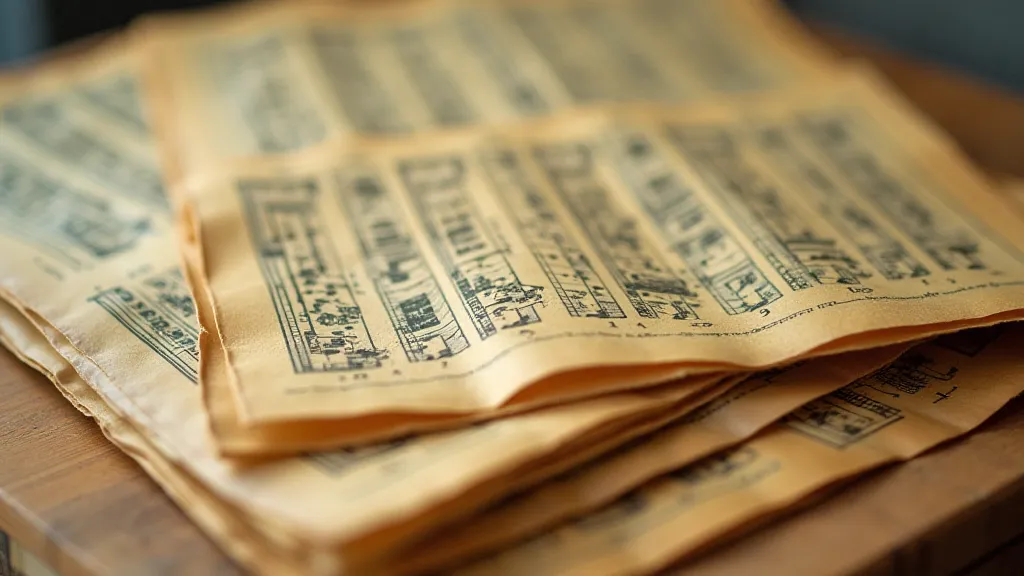
The Rise and Fall of Composers
The fate of a song is inextricably linked to the fortunes of its composer. Some, like Irving Berlin or George Gershwin, achieved a lasting legacy, their works continuing to be performed and enjoyed for generations. Others, incredibly talented individuals in their time, experienced a far more abrupt decline. They may have enjoyed periods of immense popularity, seeing their compositions widely performed and purchased, but then were largely forgotten. Why? There's rarely a single answer. Changing musical tastes, the rise of new technologies (radio, then television, then the internet), shifts in social trends, and even sheer luck play crucial roles.
Think of composers like Leo Erdmann, a prolific songsmith of the 1910s and 20s. His songs were immensely popular, featuring on the lips and voices of the time. The vibrancy of his compositions filled dance halls across the nation. However, after the advent of talking pictures, Erdmann’s star waned, as did the careers of many who had found success in the sheet music market. Now, his name is known primarily to those who specialize in vintage sheet music, a quiet acknowledgment of a talent that once captivated a nation. The very presentation and binding of the sheet music itself also played a critical role in its survival and legacy; variations in how sheet music form and presentation shaped its fate are fascinating to observe and reveal much about the commercial context of the era.
The Craftsmanship: More Than Just Ink on Paper
Beyond the music itself, the physical object of vintage sheet music is a testament to a lost art form. Early sheet music wasn't simply a functional item; it was often a beautifully designed piece of ephemera. The covers were frequently adorned with vibrant illustrations, often featuring glamorous singers, actors, or dancers. These weren't throwaway designs; they were meticulously crafted by skilled artists. Early photogravure techniques allowed for incredibly detailed and lifelike images, something that adds immense value and beauty to a collector’s holdings.
The typography itself was also an art. Fonts were carefully chosen to complement the mood and style of the song, and the layout was often elaborate and ornate. Even the paper used – often a heavier, higher-quality stock – contributed to the overall impression of luxury and sophistication. It's a stark contrast to the mass-produced, often bland designs of modern sheet music.
The Echo of Accordions and Dance Halls
When I think of vintage sheet music, I often picture the sounds it inspired: the joyous melodies played on pianos, the syncopated rhythms pounded out on banjos, and the soulful wails of accordions filling dance halls. I spent years as a young man studying and repairing antique accordions; each one held its own story, its own history of parties and celebrations. It's almost impossible to separate the music from the instruments that brought it to life. A song like "Alexander's Ragtime Band" just *demands* to be played on an accordion, its jaunty rhythm perfectly suited to the instrument's distinctive sound. The sheet music itself serves as a portal to that era, allowing us to imagine the energy and excitement of a bygone time. It's captivating to consider how the very aspirations and dreams of that era were captured, sometimes subtly, within the faded ink of sheet music itself. The dreams embedded within the sheet music often reveal surprising details about social mobility and the power of music to inspire.
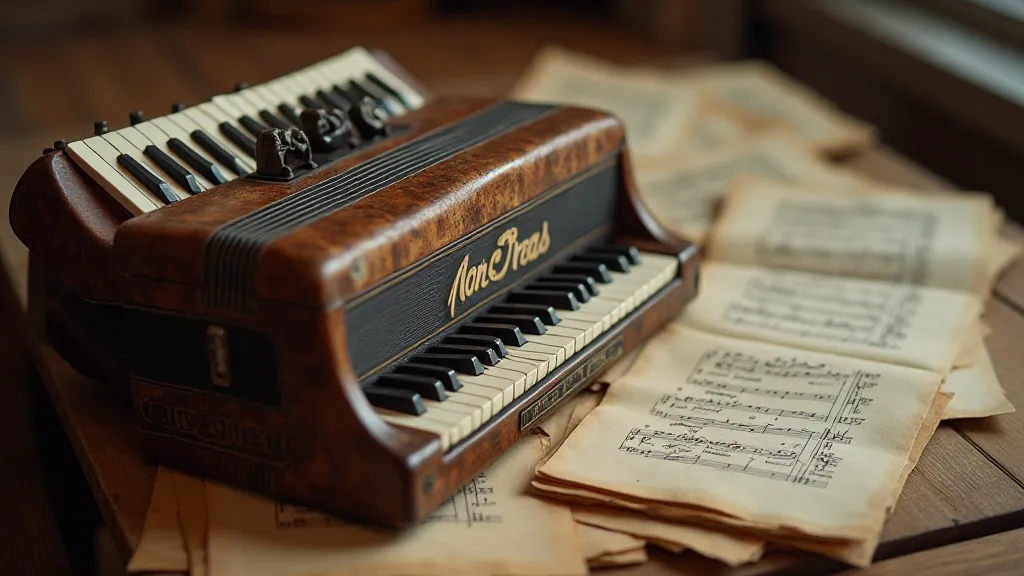
Beyond the Melody: Personal Narratives Etched in Paper
Furthermore, beyond the obvious musical content, vintage sheet music often acts as a repository for personal narratives. Imagine a young woman carefully preserving a copy of a song she danced to at a special event, or a family passing down a piece of music that played a significant role in their history. These sheets aren’t just about notes and lyrics; they’re tangible links to moments, memories, and relationships that shaped lives. The subtle annotations, pencil markings, and even the scent of aged paper can speak volumes about the individuals who cherished these pieces. Recognizing these elements is key to appreciating the true value and depth of a vintage sheet music collection. It’s like uncovering fragments of a mosaic, each piece contributing to a larger picture of a bygone era and the people who lived through it. These stories, often untold, enrich our understanding of music's profound impact on society.
Collecting Treasures: A Glimpse into Publishing Practices
The collector's journey often leads to a deeper understanding of the publishing landscape of the early 20th century. Identifying publishers like Jerome Remick & Co. or Shapiro, Bernstein, and Co. instantly contextualizes the sheet music within its historical period. The design and quality of the paper, the printing techniques used, and even the font choices can provide clues about the publisher's reputation and the era in which the music was produced. Researching these publishing houses can unlock a wealth of information about the commercial aspects of the music industry at the time, providing a fascinating parallel to the artistic and cultural context.
Subtle Insights for Collectors and Enthusiasts
For those interested in collecting vintage sheet music, there are a few things to keep in mind. Condition is paramount, but beauty is in the eye of the beholder. A piece with a torn cover or a few water stains might still be incredibly valuable if it's rare or features a particularly stunning illustration. Rarity is another key factor; the more obscure the composer or the song, the more valuable the piece is likely to be. First editions, particularly those in good condition, are highly sought after.
Restoration can be a delicate process. While minor repairs like mending tears or smoothing out creases can enhance a piece’s appearance, aggressive restoration techniques can actually diminish its value. It’s often best to leave pieces as they are, allowing their age and history to be visible. Consider archival-quality sleeves or folders to protect your collection from further deterioration. Understanding the printing processes of the era - lithography, photogravure - can also provide a deeper appreciation for the craftsmanship involved. Look for watermarks and publisher marks, as these can provide clues about the origin and age of the sheet music. Identifying publishers like Jerome Remick & Co. or Shapiro, Bernstein, and Co. can instantly contextualize the sheet music within its historical period.
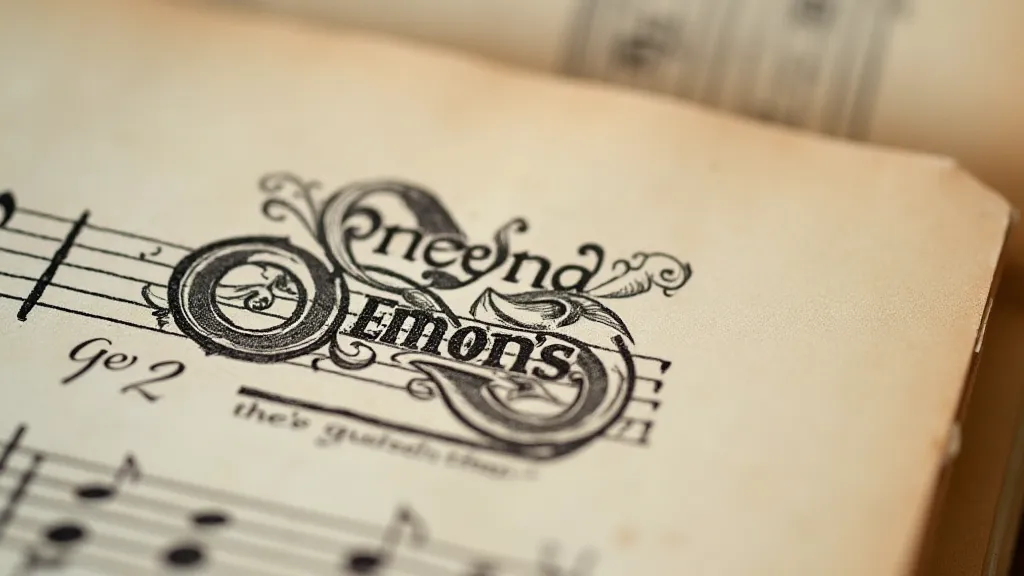
The Enduring Power of Visual Storytelling
The visual art that adorned sheet music covers was often just as important as the music itself. These weren't mere decorations; they were carefully crafted advertisements designed to capture the public's attention and convey a particular mood or message. The imagery often reflected current trends in fashion, entertainment, and popular culture, providing a fascinating window into the aesthetics of the era. Sometimes, these illustrations subtly conveyed social commentary or challenged conventional norms. The talent of the artists involved often went unacknowledged during their time, but their legacy lives on through these vibrant and evocative images, continuing to captivate and inspire generations of collectors and enthusiasts.
A Fleeting Legacy
Collecting vintage sheet music is more than just acquiring objects; it’s an act of preservation, a way of keeping the memory of these fleeting rhythms alive. Each piece is a tiny window into a world that has vanished, a reminder that even the most popular songs eventually fade from view. But in the hands of a collector, these fragments of the past can be treasured and appreciated, their stories retold for generations to come. They remind us of the transient nature of fame, the importance of preserving cultural heritage, and the enduring power of music, even when its melodies are largely forgotten by the mainstream. The melancholy that settles upon holding these remnants isn’s sadness, but a poignant recognition of beauty’s impermanence – a beauty worthy of remembrance.
